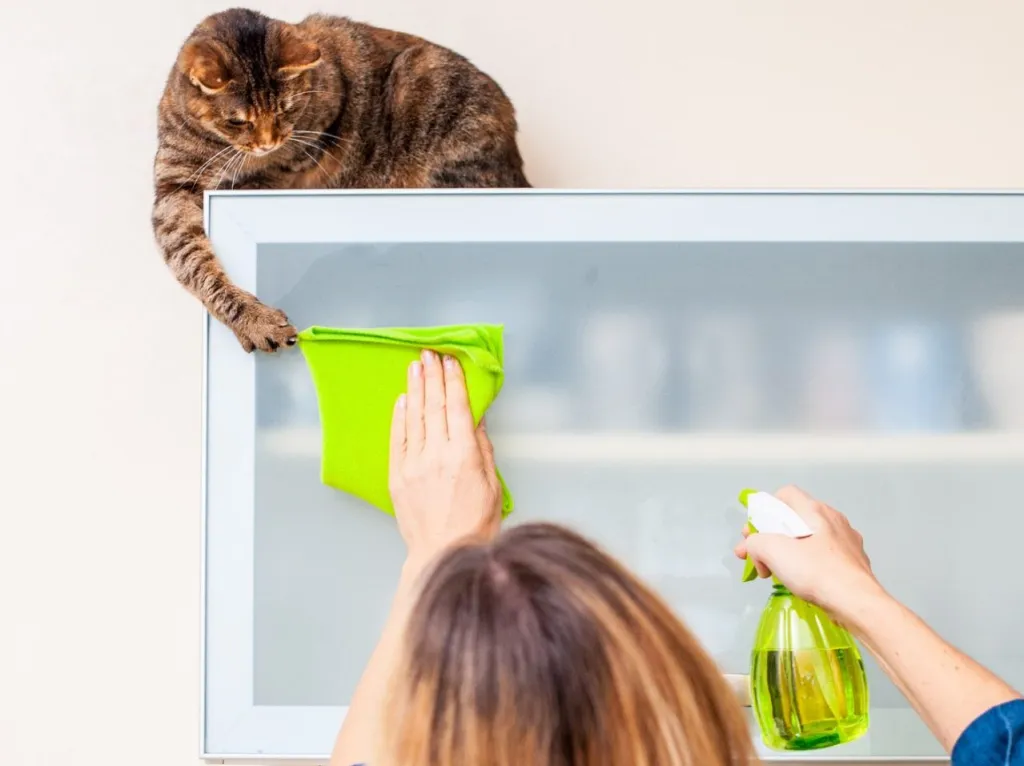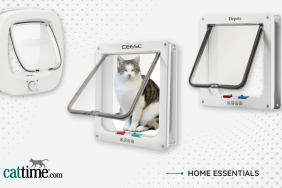Cats are mischievous by nature. This personality trait can be endearing at times and frustrating at others. As a cat parent, you likely seek effective methods to train your feline friend. Who doesn’t want to promote positive behaviors while simultaneously discouraging unwanted ones? However, the use of a spray bottle as a training tool is a controversial topic among cat lovers.…

There are ways for cat parents to have a tree without having a tree. Here are seven Christmas tree alternatives…








